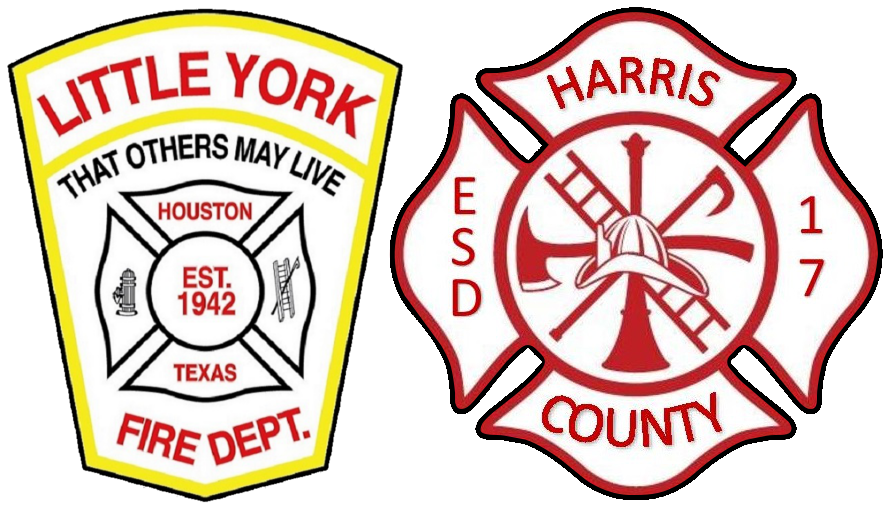We are thrilled to offer the Instructor III Course starting March 2, 2025, through March 31, 2025! This course is designed for those looking to advance their instructional skills in the fire service and enhance their leadership abilities.
📅 Course Dates: March 2, 2025 – March 31, 2025
📍 Location: Little York Fire Department - Training Division
📩 Contact: If you're interested, reach out to Training Division Chief T. Smith at tsmith@hcesd17.org for more details.
Don’t miss this opportunity to take your fire service instruction to the next level!
